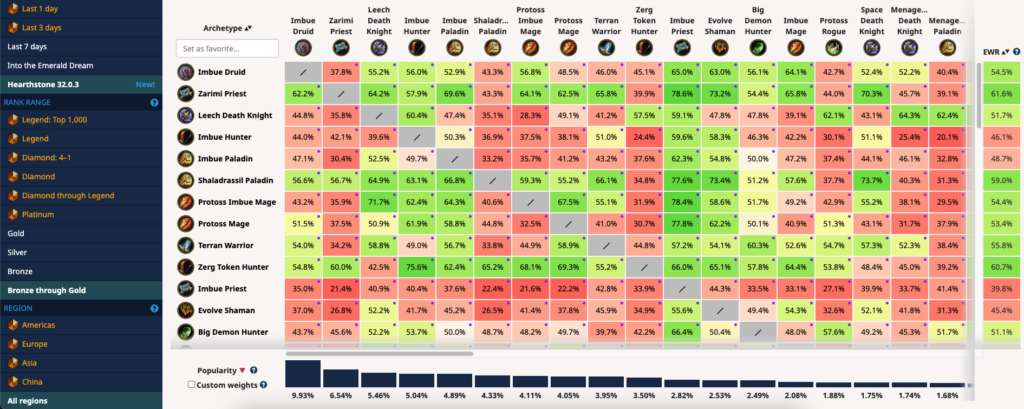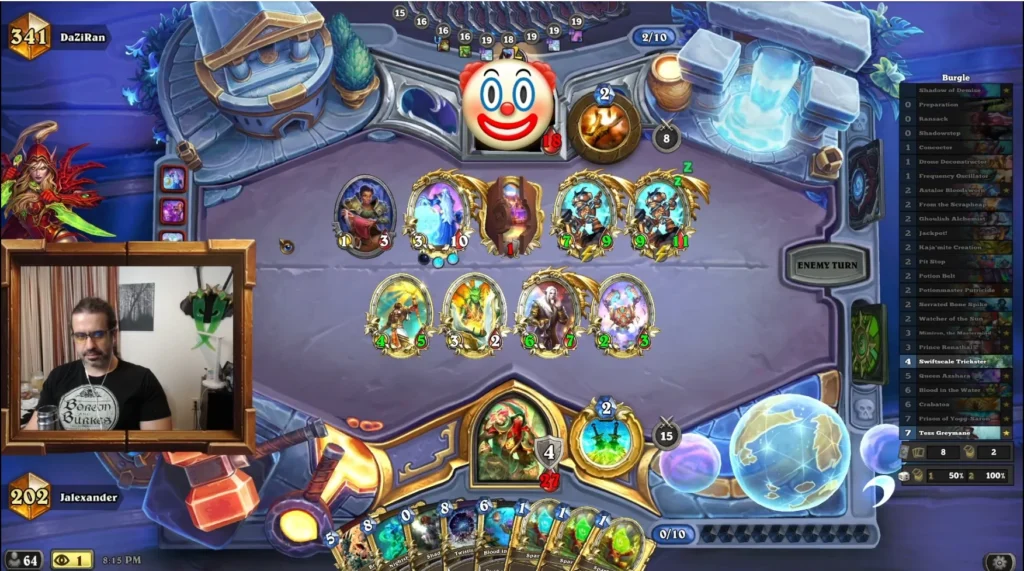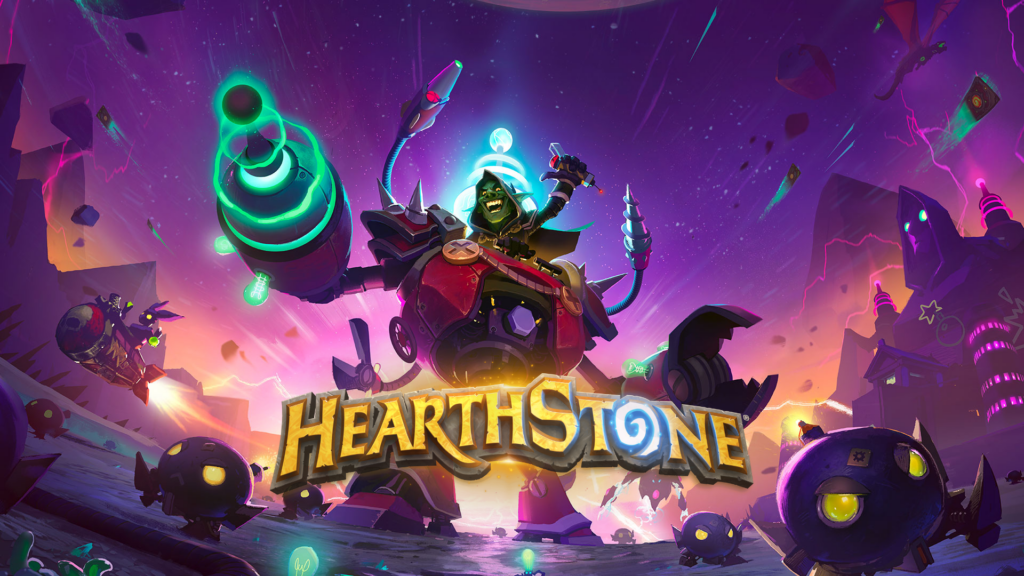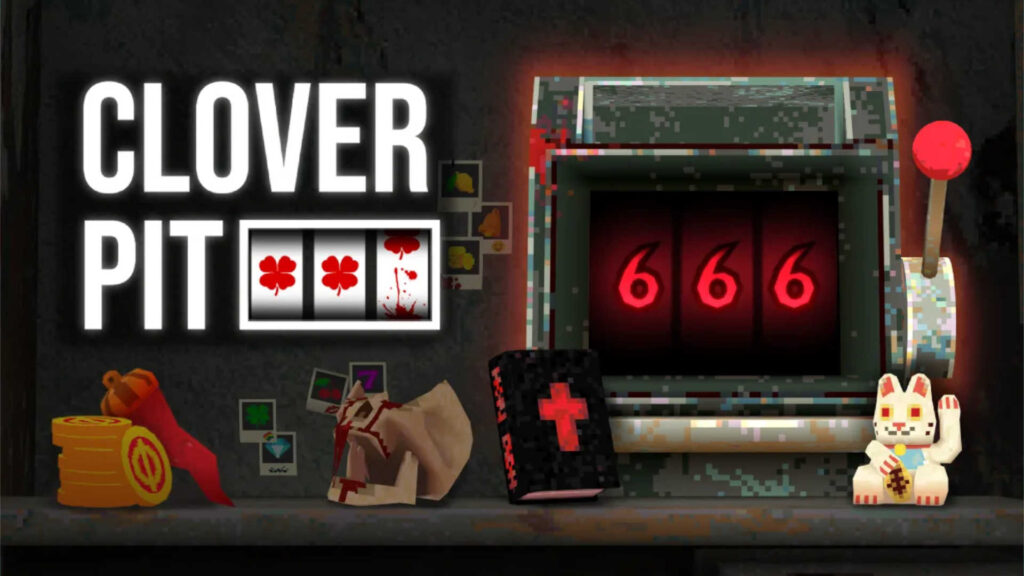Images courtesy of Blizzard Entertainment
If you’ve been grinding Hearthstone Ranked and wondering how to get better at the game, then this one’s for you. Today, we’ll walk you through a bunch of tips that actually help you win more games and make it to Legend.
No fluff. Just real things that made a difference for me and might do the same for you. Let’s go!
Table of Contents
ToggleConstantly Adapt to the Metagame
One of the first things you gotta accept is the fact that the metagame never stops changing — even without a balance patch or the next Hearthstone expansion drop. If you really care about climbing or want to reach Legend for the first time, keeping up with the meta isn’t optional, especially since players always find new ways to “break” things.
Something gets popular, then something else pops up that beats it, and the whole cycle repeats.
Even if there’s a clear Tier 1 deck on top, it’s never safe forever — someone always finds a weird counter that starts farming it. If you’re serious about improving, even preparing for a Hearthstone tournament, you just need to track those shifts.

Sometimes you’ll see a deck climbing hard on sites like hsreplay.net; strong stats, solid win rate, not much tech against it yet. That might be a green light for your climbing session; just craft it, queue it, and try to take advantage of the window before everyone else catches on (if you have the resources, of course).
Learn & Master Your Mulligans
Mulligans matter. A lot. If you’ve been playing Hearthstone for longer than a single lunch break, you already know that sometimes the whole game is decided by what’s in your opening hand. One right (or wrong) keep can make or break a match — simple as that.
That good old “if it costs less than four, keep it” logic? It really doesn’t hold up anymore, and I’d call it one of the most common beginner mistakes in Hearthstone. There are plenty of situations where even early-game cards get kicked, just because you know they won’t help in the matchup — or because you’re fishing for something way more important in that specific matchup.
To help with that, when you’re in the mulligan phase, ask yourself things like:
- What’s the worst thing my opponent could do in the first few turns?
- If they go full aggro and I keep a slow hand, how badly am I punished?
- If I miss the key cards for this matchup now, do I even have a win condition?
- Is this a matchup where tempo matters early, or is it rather about surviving to the late game?
- Am I on the coin? If yes / no — what can it influence my position in this matchup?
- Can I get away with being greedier?
Moreover, if a matchup is terrible for you, sometimes you’ve just gotta throw away decent cards and hope to high roll your best-case opener. That won’t always work, but trying to play it safe in doomed matchups usually just means you still lose… but slower.
This isn’t something you figure out overnight. Getting good at mulligans comes from experience, and the more games you play, the more patterns you’ll start to notice. You know, “This kind of hand typically works when I’m second,” or “This kind of card always ends up being useless against certain classes”; such ways of thinking during mulligan phase will become natural.
Plan Your Turns in Advance
One of the easiest ways to level up your Hearthstone gameplay right away is to stop playing on autopilot. Slow down a bit and think a turn or two ahead. Try to predict what your opponent’s next move might be, and base your play around the most likely scenarios — not just what’s happening right now.
The more you plan ahead, the less likely you are to get caught off guard. You’ll stop making plays that “look good now” but fall apart when your opponent does something obvious. You’ll also start to see:
- cleaner paths to lethal,
- stronger value trades,
- how to bait out removal and punish the response,
- when to pivot from defense to aggression,
- way fewer awkward turns where you’re just kind of… floating mana and hoping it works out, you know.
Back in the day, pro player Lifecoach was well known for doing this; to the point where he roped almost every single turn, even turn one. All because he was actually mapping out multiple turns in advance.
But you don’t have to go as extreme. Not every situation calls for that level of detail; but if you’ve got the time, use it. There’s no bonus for playing fast unless you’re farming gold or grinding achievements — and let’s be honest, speedrunning wins isn’t the same as getting better.
Take Care of Your Relationship With the Game
Hearthstone isn’t Chess. You’re not going to win every single game, even if you play perfectly. Sometimes your opponent topdecks the answer, sometimes they hit the one-in-a-million Discover, and sometimes… you just mess up. It happens.
Even top-level players peak around 60% win rate in a good ladder season. That means they lose four out of every ten games, minimum. So if you’re sitting there tilted after two losses in a row — chill; that’s just Hearthstone doing Hearthstone things.
What can go wrong, though, is letting one bad game spiral into five. Tilt leads to worse decisions, rushed plays, frustration, and boom, we have a loss streak. And most of those streaks could’ve been avoided by just taking a quick break and resetting your head.
Even if you drop a few hundred Legend ranks, you’ll learn something in the process. Maybe about the metagame. Maybe about how you handle pressure. Either way, if you’re aiming for competitive play or Hearthstone Esports down the line, those experiences are gold.
Watch Hearthstone Streamers Play
I know, watching streamers isn’t everyone’s thing. Some people prefer to just play, test stuff themselves, and figure it out along the way. That’s fine.
However, if you’re really trying to improve, especially when it comes to learning how to make better in-game decisions, watching strong players play is hands-down one of the fastest ways to spot your own bad habits.
And it’s not just about copying their plays; it’s more about seeing how they think. Moreover, if they’re interactive with chat, you can even throw in your own questions. That’s huge.

There’s also value in just watching and trying to predict their plays. Look at their hand and think, “What would I do here?” Then compare it to what they actually do. If it’s the same, great — you’re probably on the right track.
If not, you can always ask yourself (or the streamer) why. Sometimes that one moment can completely shift your view on how a deck should be played.
As for who to watch, pick streamers who match your vibe. Seriously, it doesn’t matter if they stream in English, are high Legend, or whatever — what matters is that they help you get into that analytical mindset. In this case, even watching a game or two before your own ladder session might serve as a great warm-up.
If you’ve got your own tips, struggles, or just want to share how the climb’s been going, hit the comment section. Always cool to see how others are learning the game (or losing their minds over Discover rolls, you tell me).




